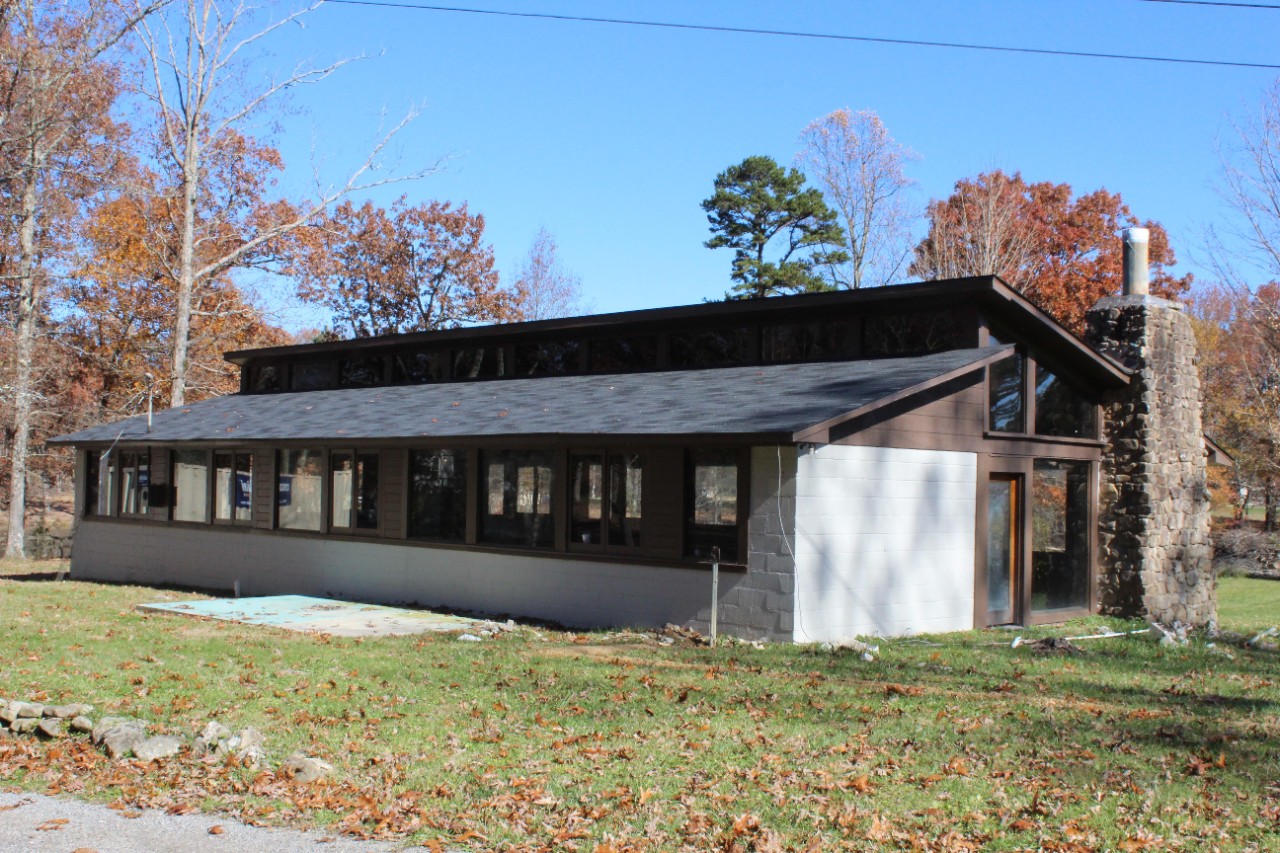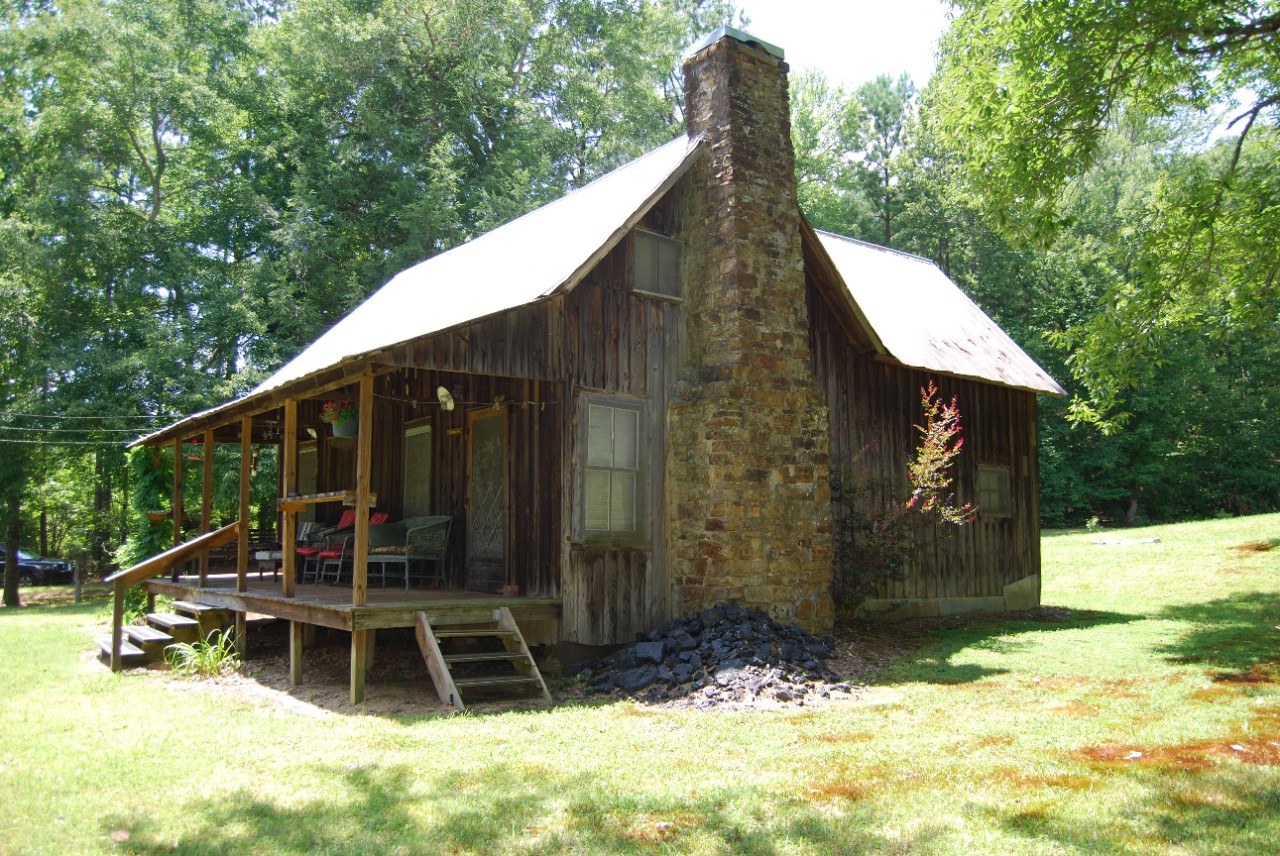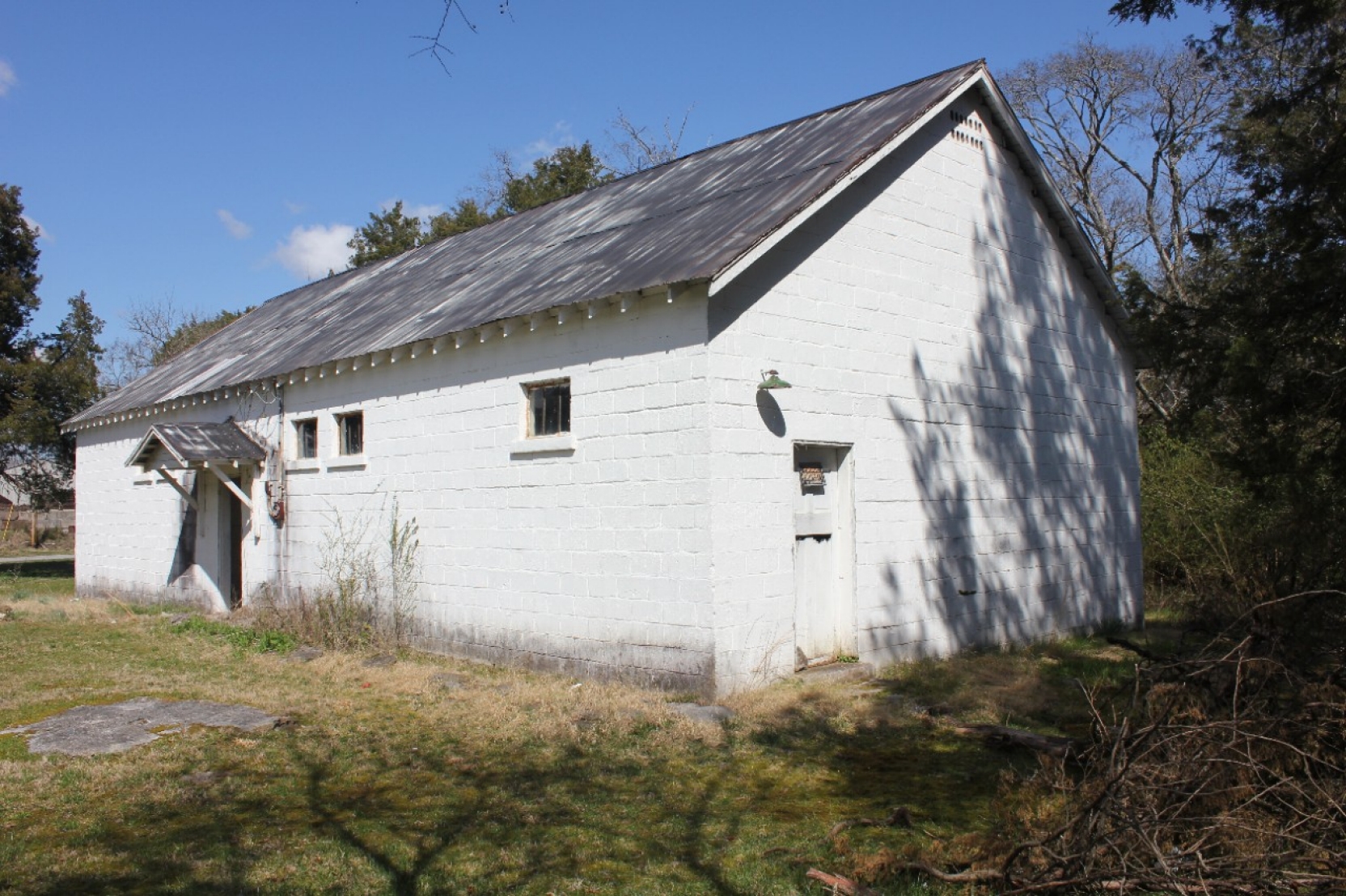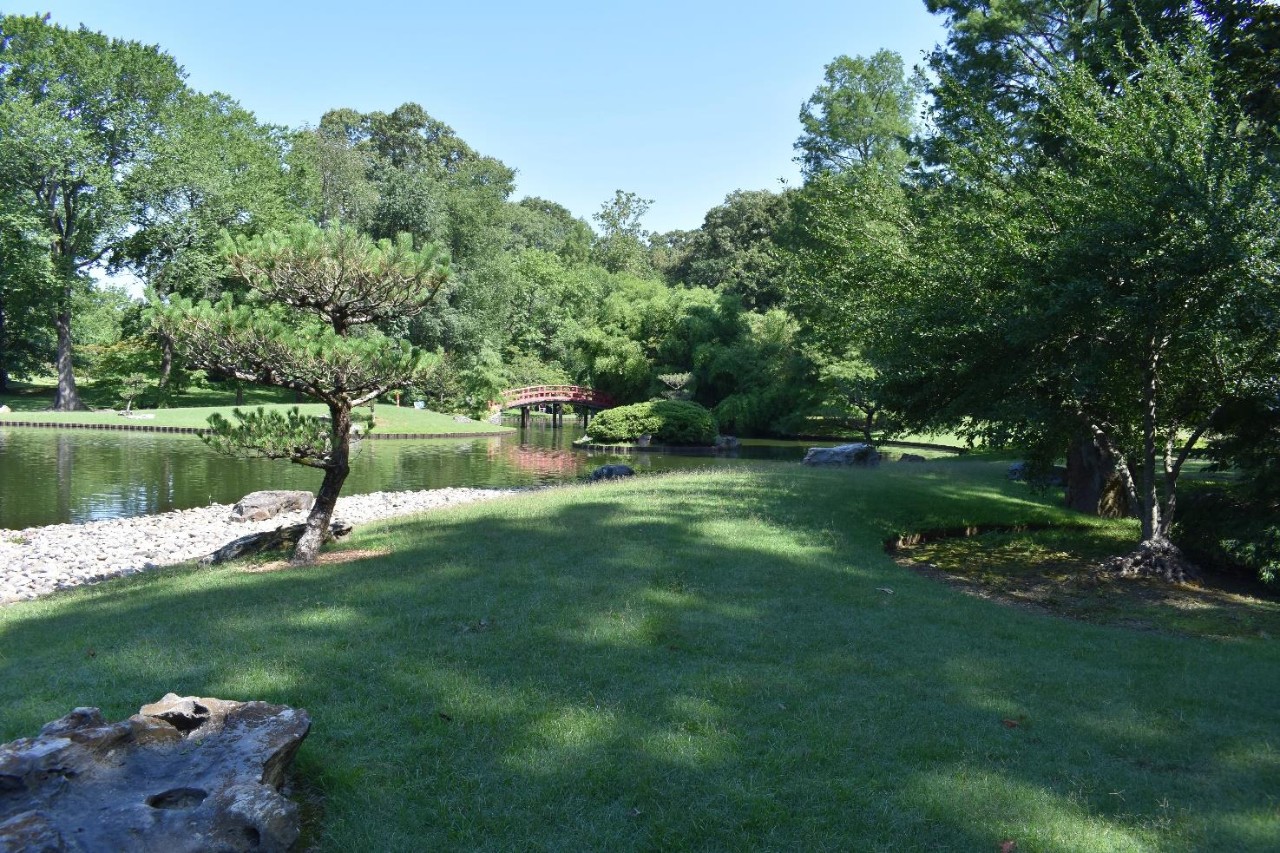National Register of Historic Places News
By J. Ethan Holden
The National Register of Historic Places is the nation’s official list of cultural resources worthy of preservation. It is part of a nationwide program that coordinates and supports efforts to identify, evaluate and protect historic resources. The State Historic Preservation Office administers the program in Tennessee. The state’s new listings are:
Highlander Folk School Library Building
Listed October 5, 2022
(Monteagle – Grundy County)
Located near Monteagle in Grundy County, the Highlander Folk School Library Building is nationally significant for its role in the Civil Rights Movement and its association with prominent Civil Rights activist Myles Horton. Highlander was founded by Horton and educator Don West in 1932. During the 1940s and 1950s, Highlander hosted workshops and other events that were led, and attended by, important Civil Rights Movement figures, including Dr. Martin Luther King, Jr., Rosa Parks, Ralph Abernathy, Septima Clark, Diane Nash, Andrew Young, and John Lewis. Many of the School’s events took place in the Library Building, which was constructed in 1949. The State of Tennessee seized the property in 1961 after a legal battle, and the library was sold to private owners in 1962. The Tennessee Preservation Trust purchased the property in 2014 and initiated a gradual restoration process that returned the building to its original design.


Akins House
Listed November 3, 2022
(Vonore – Monroe County)
John Akins constructed the Cumberland Plan-type house in 1921 for his son and daughter-in-law, Luke Akins and Elvavine “Vinnie” Williams, as a wedding present. After Luke died of tuberculosis in 1936, Virgle “Babs” Burchfield became the common-in-law husband of Elvavine. Under the stewardship of Luke, Elvavine, and Babs, the Akins House became an important part of the local moonshining industry. The Akins and other members of the community stored their moonshine in the property’s smokehouse. Cars traveling along Citico Road stopped at the Akins House, picked up the moonshine, and transported it to Knoxville for sale. Babs was arrested for moonshining in 1949 and sent to Brushy Mountain State Penitentiary, where he served eighteen months. Elvavine sold the Akins House and land out of family in 1958 to pay off back taxes on the property. The current owner diligently maintains the house and preserves the history of the Akins family.
Cemetery School
Listed November 2, 2022
(Murfreesboro – Rutherford County)
The Cemetery School is located on Mount Olive Road in the historically African American community of Cemetery, north of the Stones River National Cemetery and Battlefield in Murfreesboro, Rutherford County. Cemetery is a post-Emancipation rural community whose foundation is intimately connected to the Stones River National Cemetery. Like other African American communities across Tennessee, Cemetery had to provide for the educational, religious, and cultural needs of its members because of Jim Crow segregation laws and threats of white violence. The nominated school building was constructed in 1941 by the National Youth Administration and replaced an earlier school built in 1874. In addition to educating the youth of Cemetery, the school also hosted community events such as singings, retirement parties, and celebrations of life. The last students attended Cemetery School in 1962, and in 1963 the school was consolidated with the all-black Smyrna Rosenwald School. The current owner is a relative and descendant of Cemetery community members and continues to maintain the property for future generations.


Audubon Park Historic District
Listed November 7, 2022
(Memphis—Shelby County)
Audubon Park Historic District is important for both its history and its landscape architecture. The land on which the district sits was acquired by the Memphis Park commission when politician “Boss” E.H. Crump persuaded the city to buy the land in 1947. At the time Audubon Park consisted of 360 acres and was rivaled in size only by the 335-acre Overton Park and the 427-acre Riverside Park. Audubon Park grew to include five distinct sections over the years: Audubon Golf Course (1951), Memphis Botanic Gardens (1949), Audubon Lake and Park (1959), Audubon Park Trails (1955), and Leftwich Tennis Center (1967). The Memphis Botanic Garden is perhaps one of the most well-known sections. Originally known as Audubon Garden before being renamed Memphis Botanic Garden in 1966, the early designs of the arboretum and gardens included 140 acres of Audubon Park. Now, the Garden consists of 96 acres and is a Level IV Arboretum, one of only four in the state of Tennessee. Since its inception, the Audubon Park Historic District has been an important of Memphis’ entertainment and recreational scene and is poised to continue this tradition for the foreseeable future.